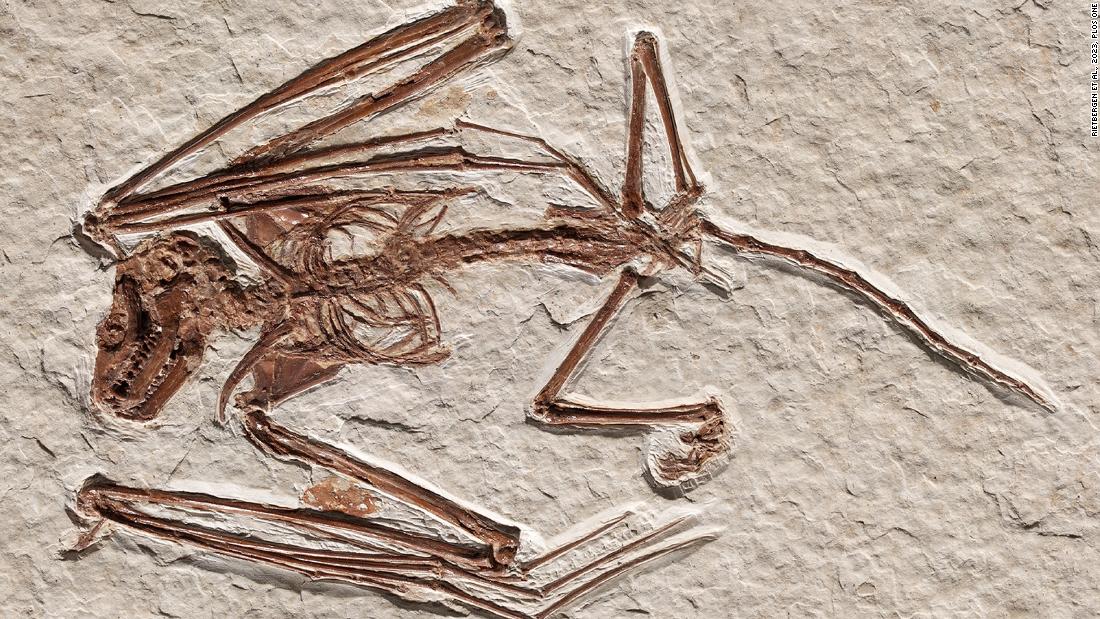The Bird Flu Virus Is One Mutation Away from Getting More Dangerous
It's one mutation away from getting more dangerous to humans.


At least 58 people in the U.S. have been infected by the H5N1 bird flu virus this year, according to federal statistics. All but two of them had been around cows or chickens, two species in which H5N1 is circulating widely. That’s reassuring to scientists because it suggests the virus is spreading primarily through close contact with infected animals, and not from person to person. [time-brightcove not-tgx=”true”]
Less comforting are the results of a study published Dec. 5 in the journal Science: the H5N1 strain spreading among U.S. cows is only one specific mutation away from more easily binding to human cells, “a prerequisite for transmission among humans,” says study co-author James Paulson, a professor in the department of molecular medicine at Scripps Research in California.
In its current form, the H5N1 virus is better at infecting certain animal species than humans. It has sickened millions of birds and cows from more than 700 U.S. dairy herds, but a relatively small number of people.
Most of those human cases have been among farmworkers. That suggests that—even though the bird flu virus isn’t very good at infecting humans—it sometimes finds a way when people are exposed to high enough concentrations of it, such as through close contact with sick animals, explains Troy Sutton, an assistant professor of veterinary and biomedical sciences at Penn State University, who wasn’t involved in the new study. Because the virus isn’t good at growing in the human nose and throat, however, people who get sick don’t seem able to easily infect others by coughing or sneezing, as happens with the regular seasonal flu, Sutton says.
If the bird flu changes enough to effectively infect, grow in, and jump between people,“that’s how a pandemic starts,” Paulson says.
His team focused on the first step in that process: how the virus would need to change to easily bind to human cells. In the lab, they studied a synthetic form of a gene from the viral strain that is currently circulating among cows. They made targeted mutations to see how the shifts altered its ability to attach to human cells. “The surprising finding,” Paulson says, was that one specific mutation seemed to be enough. Previous research on H5N1, including Paulson’s, had suggested that more changes would be required.
“The emergence of a bovine H5N1 virus capable of recognizing human receptors may be closer than previously thought,” Yoshihiro Kawaoka, a professor at the University of Wisconsin-Madison who studies bird flu but was not involved in the new study, wrote in an email to TIME.
Read More: Did the Pandemic Break Our Brains?
That’s a “striking” finding, Sutton agrees, and a good motivation to prevent further human cases to the extent possible. Already, federal health officials recommend that high-risk people, such as farmworkers, wear personal protective equipment around animals that may be sick and take flu antivirals (which also seem to work against bird flu) if they have a potential exposure.
Still, Paulson emphasizes that his study does not mean a pandemic is imminent. Despite what his team found in the lab, the virus circulating in the real world does not seem to have evolved to easily target humans. Public-health officials maintain that the virus is not spreading from person to person and currently presents a low risk to the general public.
More changes might be necessary for the virus to present a true pandemic threat. The ability to easily bind to human cells—which Paulson’s team tested for—is only the first step toward widespread person-to-person transmission, he says. Further changes might be needed for the virus to become highly contagious in the real world.
Kawaoka agrees. The fact that more than 50 people in the U.S. have gotten sick, but health officials have not seen any evidence of person-to-person spread, suggests that “additional mutations are likely necessary for the virus to achieve efficient human-to-human transmission,” he wrote.
Read More: Is it Time to Worry About Bird Flu?
Health officials are closely monitoring the situation, and some worrying observations have already been documented. Recently, a Canadian teenager who caught bird flu was hospitalized. When scientists analyzed the genetic sequence of the virus taken from the teen, they reportedly found that it had mutated in a way that could make it more transmissible among people, similar to the mutation Paulson’s team identified in their study. (Luckily, though, the teen doesn’t seem to have infected anyone else.)
Kawaoka has also studied a viral strain taken from an infected U.S. farmworker. That strain, which was able to grow in samples of human lung cells, contained a mutation known to promote viral growth among mammals, Kawaoka and his team found. But that mutation is not seen in the viral strains spreading among cows, his team emphasized when the study was published in October.
Although there is no evidence of person-to-person spread yet, Paulson says health authorities should prepare for wider spread of bird flu as a precaution. It’s worth stockpiling bird flu vaccines and making plans for how they would be rolled out if they become necessary, he says.
It’s also important to keep closely monitoring the virus for any signs of change, Sutton says. But “what’s alarming to me is that we often realize we have a pandemic after the pandemic has started,” he says. “If we started to see this mutation, would it already be too late? We don’t know the answer to that.”
What's Your Reaction?






















































































































.gif)